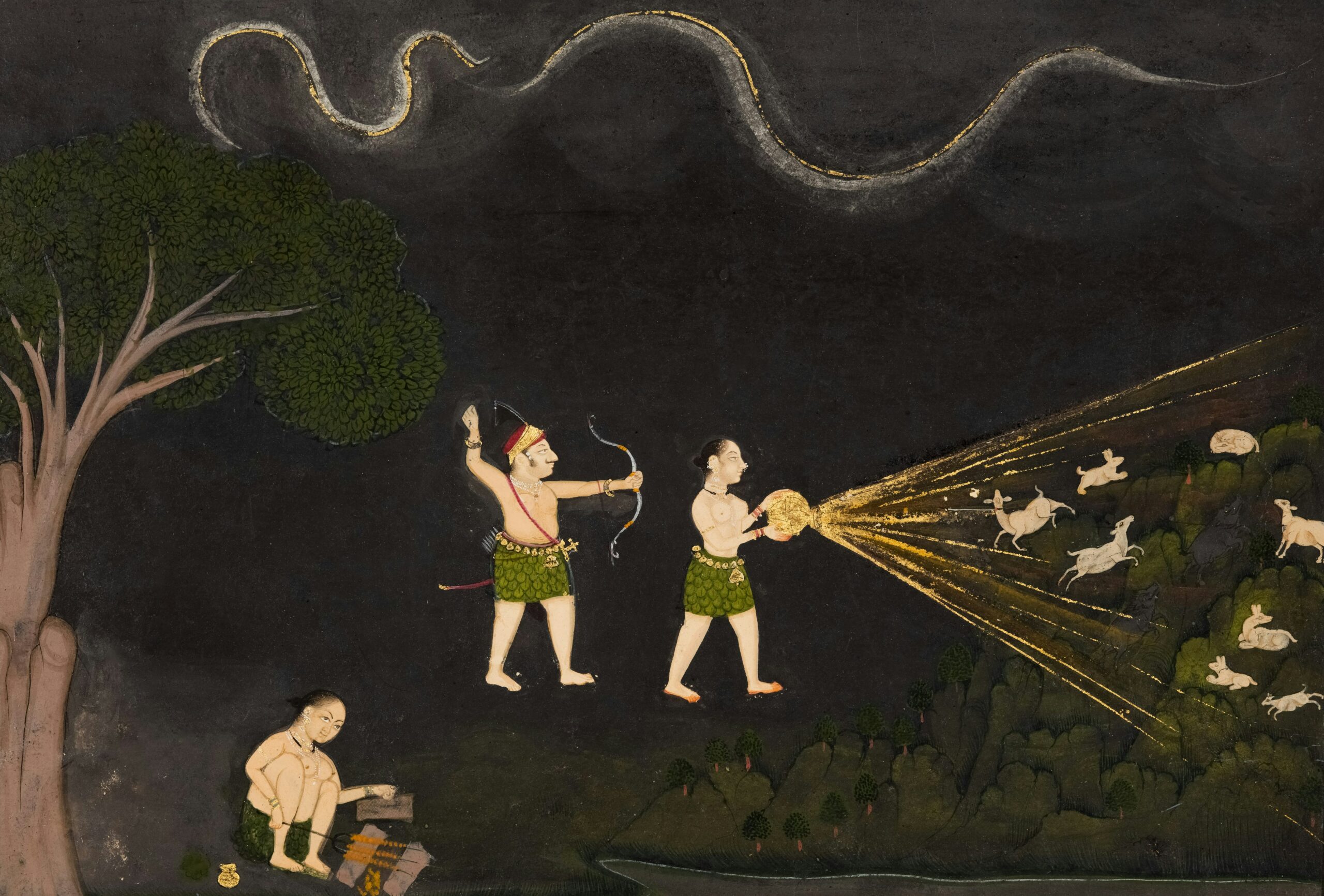Asian Myths and Legends Every Literature Student Should Read

There is something timeless about myths. They carry stories from one generation to another, holding the dreams, fears, and beliefs of entire civilizations. In literature, myths are not just tales from the past – they are powerful mirrors of human experience. Asian myths, in particular, are rich with emotion, wisdom, and mystery. They are full of brave heroes, wise animals, shape-shifters, and spirits who teach, test, and sometimes terrify those who meet them.
For students of literature, Asian myths are a treasure trove. They help readers understand different cultures while enjoying epic stories that blend the magical and the human. These legends are more than entertainment. They reflect deep values, historical shifts, and social customs, giving readers a better understanding of both people and place.
If you’re studying literature, diving into myths from Asia is more than just a good idea – it’s a chance to grow as a reader and thinker. These stories give insight into worlds that are often left out of Western literary studies. And when you’re working through reading lists, research papers, and endless essays, choosing to pay for a research paper can also be a helpful way to get extra support from human experts.
Now, let’s explore some of the most unforgettable myths and legends from across Asia that every literature student should know.
Source: https://unsplash.com/photos/a-statue-of-a-person-with-a-bird-on-top-of-it-YK_94GoDKtY
The Monkey King – China
One of the most famous Chinese legends is that of the Monkey King, or Sun Wukong. He is bold, mischievous, and nearly impossible to defeat. His story is told in the classic novel Journey to the West, where he joins a monk on a spiritual journey. But Sun Wukong’s tale begins long before that – with his birth from a stone, his rebellion against Heaven, and his eventual punishment.
Why it matters: The Monkey King represents the spirit of rebellion, curiosity, and cleverness. He’s a character who pushes limits but eventually learns humility. Literature students will find that his journey reflects both traditional values and deeper ideas about personal growth and redemption.
The Tale of Amaterasu – Japan
Amaterasu is the sun goddess in Shinto mythology. She is one of the most important figures in Japanese myth. The legend goes that she once hid in a cave after a family conflict, causing the world to be covered in darkness. The gods had to come up with a clever plan to bring her out – using laughter, dance, and a mirror.
Why it matters: This myth explains the origins of light and life in Japanese belief. It also shows the power of community and creativity. In literature, Amaterasu’s story touches on themes of isolation, healing, and harmony, which are found in many classic and modern texts.
Ramayana – India
The Ramayana is a vast and beloved Indian epic that tells the story of Prince Rama. It is filled with love, war, loyalty, and moral lessons. Rama’s wife, Sita, is kidnapped by a demon king, and with the help of Hanuman (a monkey god), he sets out to rescue her.
Why it matters: This story is not just about adventure. It’s a tale of duty, faith, and the struggle between good and evil. The Ramayana has inspired countless books, plays, and poems. Understanding its themes can open the door to exploring Indian literature more deeply.
The Legend of the White Snake – China
In this legend, a kind snake spirit named Bai Suzhen falls in love with a human man. She tries to live a normal life, but a monk who believes she is evil causes problems for the couple. Despite her good heart, she is punished and trapped under a pagoda.
Why it matters: This is a story about love, judgment, and sacrifice. It shows how myths can deal with real emotions and social issues, even when told through magical creatures. Literature students can examine how this legend challenges ideas of good and evil, identity, and acceptance.
The Legend of Nian – China
The tale of Nian is often told around Chinese New Year. Nian was a monster that came to villages each year to cause chaos. People discovered it was afraid of loud noises and the color red, so they used firecrackers and red decorations to scare it away.
Why it matters: This myth explains cultural traditions in a vivid, memorable way. It teaches students how stories shape rituals and community celebrations. It’s also a good example of how fear can be turned into strength through collective action.
The Tale of Princess Kaguya – Japan
This is one of Japan’s oldest stories, found in The Tale of the Bamboo Cutter. A bamboo cutter finds a glowing baby girl inside a stalk of bamboo. She grows up to be a beautiful woman with many suitors, but none are able to win her heart. In the end, she returns to her true home – the Moon.
Why it matters: This story blends mystery, sadness, and beauty. It deals with themes of belonging, love, and loss. It’s also a fine example of Japanese narrative style – graceful, quiet, and full of hidden depth.
The Creation Myth of Korea – Dangun
Korea’s founding myth tells of a heavenly prince, Hwanung, who came down from the sky and helped animals and humans. A bear and a tiger wanted to become human. The bear succeeded by following instructions and became a woman. She married Hwanung, and their son Dangun became the founder of Korea.
Why it matters: This tale isn’t just a creation story – it’s a reflection of Korean values like patience, effort, and the harmony between nature and the divine. For literature students, it’s a chance to explore how myth and national identity are linked.
Conclusion: What These Myths Teach Us
These stories come from different countries and cultures, but they share some common ideas. They show us what people fear, what they dream of, and what they value most. Myths don’t just live in old books – they live in people’s actions, traditions, and hopes.
Whether it’s the Monkey King causing mischief or Princess Kaguya returning to the Moon, these stories stay with you. They remind us that while cultures may differ, storytelling is something we all share.
Miss Clipping Out Stories to Save for Later?
Click the Purchase Story button below to order a print of this story. We will print it for you on matte photo paper to keep forever.

